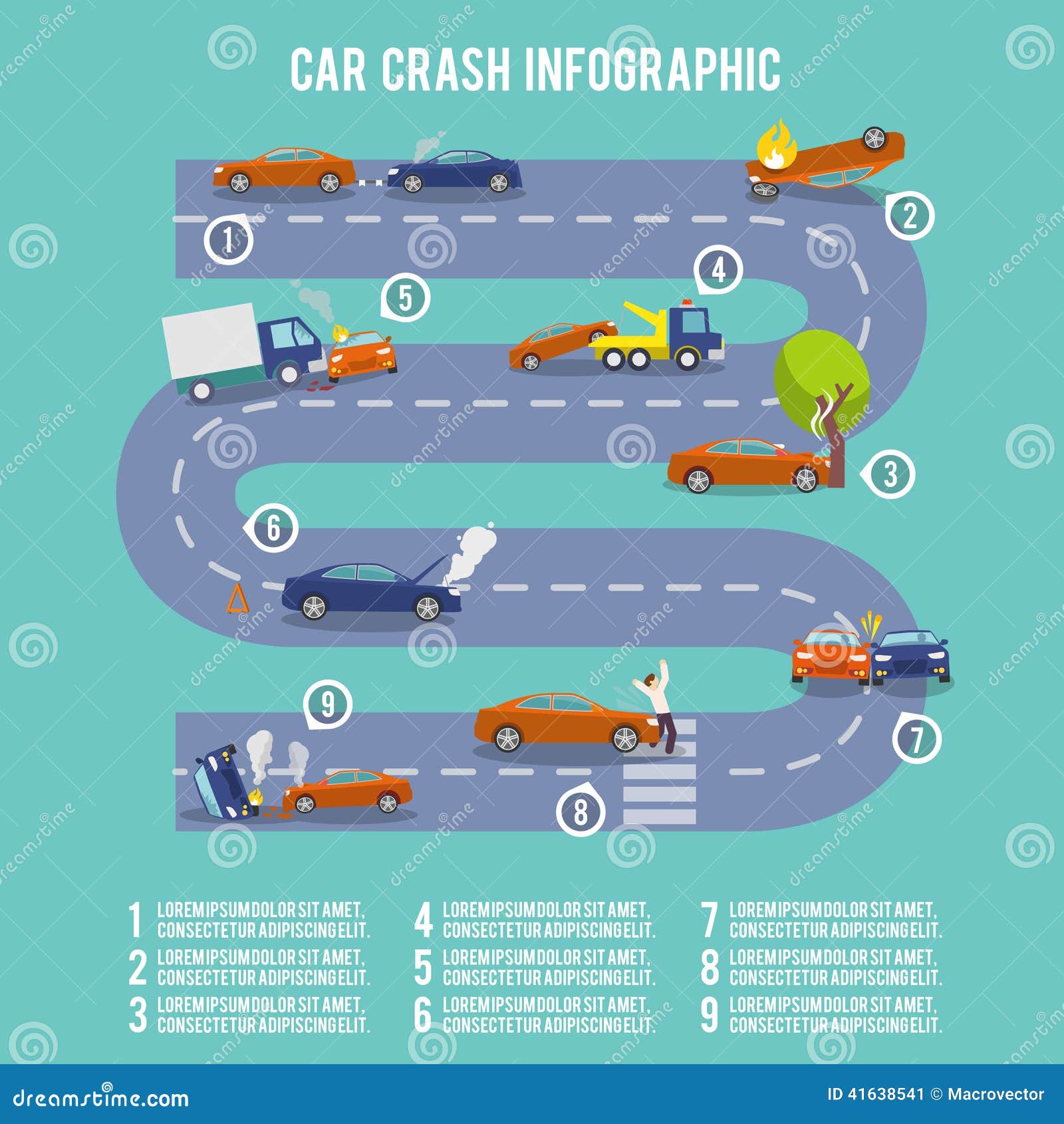When you lag the wheel, those radiant caution lights on your control panel can be a little bit complicated. Do you know what they're attempting to inform you regarding your automobile's wellness? Comprehending the importance of these lights is essential for your safety and the longevity of your lorry. So, the next time among those lights appears, would not you intend to decode its message accurately and take the required actions to resolve it?
Common Caution Lights and Interpretations
Identify usual caution lights in your cars and truck and comprehend their significances to ensure risk-free driving.
The most common warning lights consist of the check engine light, which indicates concerns with the engine or emissions system. If this light comes on, it's essential to have your automobile examined promptly.
The oil stress advising light suggests low oil pressure, calling for prompt focus to avoid engine damage.
A flashing battery light may recommend a defective charging system, potentially leaving you stranded if not addressed.
The tire stress monitoring system (TPMS) light informs you to low tire pressure, influencing vehicle security and fuel performance. Disregarding this can lead to hazardous driving problems.
The abdominal light suggests an issue with the anti-lock stopping system, compromising your capability to quit swiftly in emergencies.
Lastly, the coolant temperature alerting light warns of engine overheating, which can result in serious damages if not dealt with swiftly.
Understanding these common warning lights will help you resolve concerns quickly and maintain safe driving problems.
Significance of Prompt Interest
Recognizing the usual caution lights in your car is only the first step; the value of immediately addressing these warnings can't be emphasized enough to guarantee your safety and security on the road.
When a caution light illuminates on your dashboard, it's your vehicle's method of connecting a possible problem that needs attention. Disregarding these warnings can bring about extra severe troubles in the future, endangering your safety and possibly costing you much more out of commission.
Prompt focus to alerting lights can avoid breakdowns and mishaps. For example, a blinking check engine light can indicate a misfire that, if left ignored, can create damages to the catalytic converter. Addressing boat detailers near me without delay can save you from a costly repair work.
Likewise, a brake system warning light could signify reduced brake liquid or worn brake pads, important components for your security when driving.
Do It Yourself Troubleshooting Tips
If you see a caution light on your dashboard, there are a few do it yourself troubleshooting pointers you can attempt before seeking expert assistance.
The initial step is to consult your vehicle's handbook to understand what the specific caution light suggests. Occasionally the issue can be as straightforward as a loose gas cap triggering the check engine light. Tightening the gas cap may resolve the problem.
Another typical issue is a low battery, which can activate various warning lights. Checking the battery links for deterioration and guaranteeing they're protected might deal with the issue.
If a caution light continues, you can attempt resetting it by separating the auto's battery for a few mins and after that reconnecting it. Additionally, checking your car's fluid levels, such as oil, coolant, and brake liquid, can aid fix cautioning lights related to these systems.
Final thought
To conclude, recognizing your automobile's warning lights is necessary for keeping your automobile running efficiently and safely. By without delay dealing with these informs and recognizing what they indicate, you can avoid expensive repair work and potential malfunctions.
Bear in mind to consult your auto's handbook for particular information on each cautioning light and take action as necessary to make certain a hassle-free driving experience.
Stay educated, stay https://swfloridadailynews.com/fire-tears-through-fort-myers-auto-shop/ on the road!
